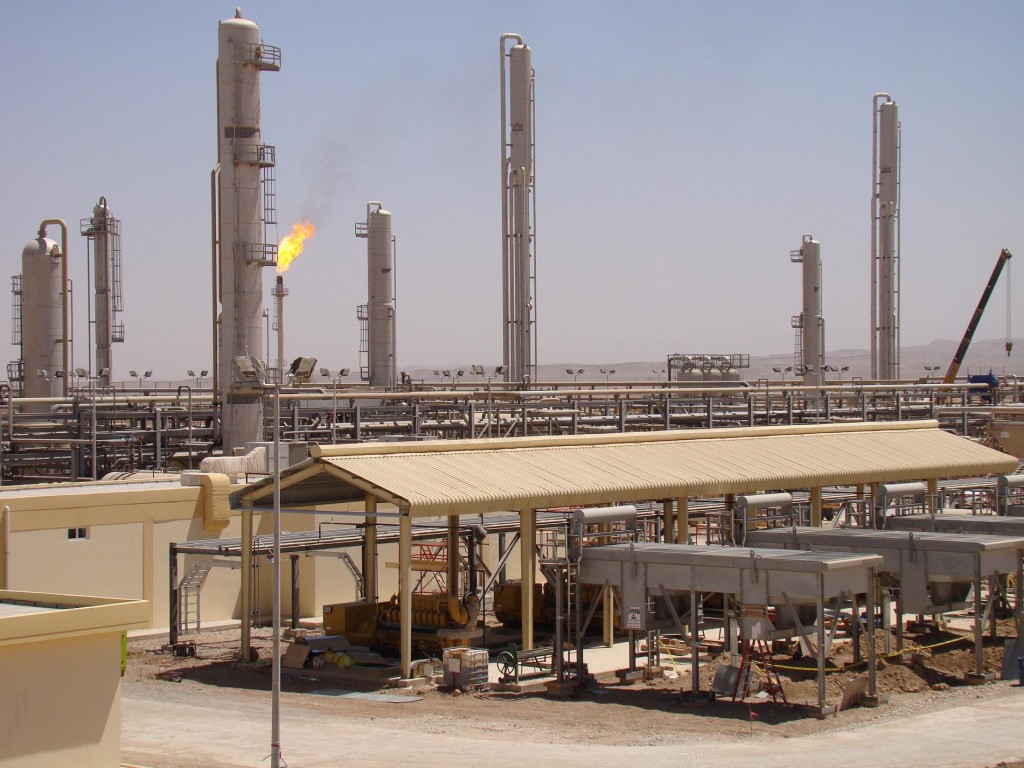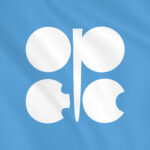OPEC June production hits 31.60 MMBOPD on the back of increased Iraq output
OPEC continued to produce well above its target of 30 MMBOPD in June, according to information compiled by Reuters. The information, based on shipping data and information from sources at oil companies, OPEC and consultants, suggest that OPEC produced 31.60 MMBOP in June, the highest output the organization has seen in three years.
If the total remains unrevised, OPEC’s June production will be the highest since June2012 when the group produced 31.63 MMBOPD. Much of the increase came from southern Iraq, where a

decision by the Iraqi government to split Basra crude oil into two different categories, Basra Light and Basra Heavy, resolved quality issues and allowed several companies to increase production.
Russia’s Lukoil (ticker: LKOH) was among those who applauded the move by the Iraqi government, saying that the decision cleared up many logistical problems facing companies working in the country. According to Lukoil Deputy President for E&P Ravil Maganov, the decision to split the crude into two separate grades allowed the company to lift a self-imposed output curb.
Production in northern Iraq also increased in June, despite tensions between the Iraqi government and the Kurdistan Regional Government (KRG) in the north. The KRG claims it has not be receiving its share of revenues from its agreement with Baghdad, leading to the autonomous region increasing the amount of production that it sells independently from Iraq’s State Oil Marketing Organization (SOMO).
Saudi Arabia cuts it prices
Saudi production for June remained relatively consistent according to the information gathered by Reuters, but the country is expected to cut the price on its crude basket to Asian markets for August. Arab Heavy crude price could be cut as much as $0.70 per barrel, while Arab Light could be priced at $0.20 less per barrel, according to a survey of four refiners and traders.
Weaker fuel oil cracks are expected to drive down prices of Saudi crude in Asian markets. “The fuel oil crack is not as strong as last month so the spread between light and heavy crude may widen,” a trader with a North Asian refiner said.
Sour crude for August loading came under pressure last month as refining margins weakened while Japan’s sale of 4.15 million barrels of crude from its strategic reserves added to spot supply, reports Reuters. Refining margins in Asia slid to around $7 on a 5-day average on weaker profits for naptha, gasoline and fuel oil, although the average for June relatively in line with May.
Saudi crude prices set the trend for pricing from several other OPEC nations as well. Iranian, Iraqi and Kuwaiti prices often follow Saudi pricing trends, meaning the prices set by Saudi oil major Saudi Aramco affects pricing on more than 12 MMBOPD of crude reaching the Asian market.







